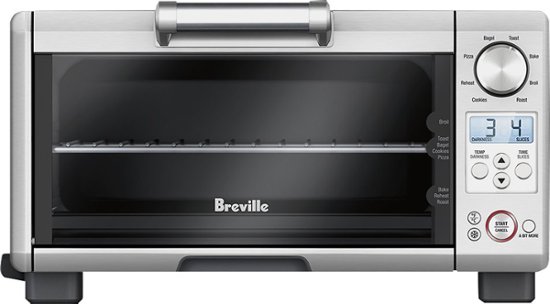Happy Spring! It's been a busy few months. We were so deeply saddened to say goodbye to this guy, who we had to let go after 15 wonderful years in the family.
But I've been dying to write about my Breville!! As you know from my prior post, I got a new cast iron skillet for Christmas. I am still in love with it. But I got a few other toys that have been no less revolutionary. First, a new set of measuring spoons. Why did it take me ten years to do this? I had been getting by with like two janky melted mismatched tools. These are great, they're magnetic so nestle together in the drawer, and the set includes the tiniest of sizes and the 3/4 tsp, which is key.
I also got a new Ninja mini chopper. Similar to the mini Cuisinart, which I love, but this sucker has two blades and pulverizes in like two seconds. It's a keeper.

INGREDIENTS
FOR THE CRUST:
- ½ cup/115 grams unsalted butter (1 stick), melted, plus more for greasing the pan
- 1 cup/120 grams graham cracker crumbs (from about 7 graham cracker sheets)
- ½ cup/30 grams finely crushed pretzels
- 1 egg white
FOR THE BROWNIES:
- ½ cup/115 grams unsalted butter (1 stick)
- 4 ounces/115 grams unsweetened chocolate, coarsely chopped or broken up
- 1 ¼ cups/250 grams granulated sugar
- 2 large eggs, at room temperature
- ½ cup/65 grams all-purpose flour
- 2 tablespoons Dutch-processed cocoa powder
- 2 teaspoons vanilla extract
- ¾ teaspoon fine sea salt
- ⅓ cup/60 grams mini or regular chocolate chips (optional)
- Small whole pretzels, for topping the brownies
PREPARATION
- Heat oven to 350 degrees. Lightly butter an 8-inch square metal baking pan and line it with parchment paper, leaving about 2 inches of excess on each side to help you lift the cooked brownies out of the pan.
- Make the crust: In a food processor, combine butter, graham cracker crumbs, crushed pretzels and egg white. Process until mixture is well blended. Transfer to prepared pan and press crumb mixture into an even layer on the bottom. Bake until deeply browned at the edges, about 14 to 17 minutes. Transfer pan to a wire rack to cool.
- Make the brownies: Raise oven temperature to 400 degrees. Put butter and chocolate into a medium pot and place it over low heat. Melt the mixture, taking care not to let the chocolate burn and stirring constantly with a rubber spatula until smooth. Scrape chocolate mixture into a large bowl and mix in the sugar. Let mixture cool until it’s just warm to the touch, about 5 minutes.
- Whisk eggs into cooled chocolate mixture. Whisk in flour, cocoa powder, vanilla and salt. Mix in chocolate chips, if using.
- Scrape batter into an even layer on top of the crust. Top with pretzels and bake until the top is set and firm to touch, especially in the center, 20 to 25 minutes. Transfer the pan to a wire rack to cool completely before cutting into 16 squares.






























